
TARGET 090325
Turkey Day!!!Macy's Thanksgiving Day Parade
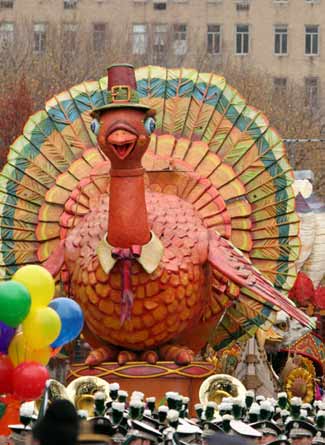
In 1924, the annual Thanksgiving parade started by Louis Bamberger in Newark, New Jersey at the Bamberger's store was transferred to New York by Macy's. In New York, the employees marched to Macy's flagship store on 34th Street dressed in vibrant costumes. There were floats, professional bands and live animals borrowed from the Central Park Zoo.
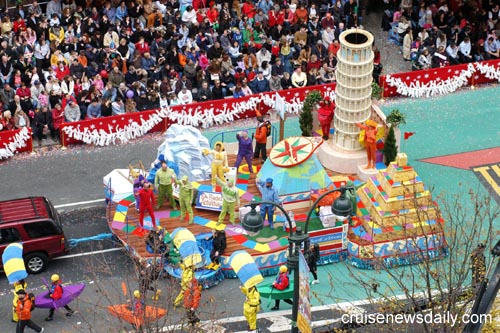

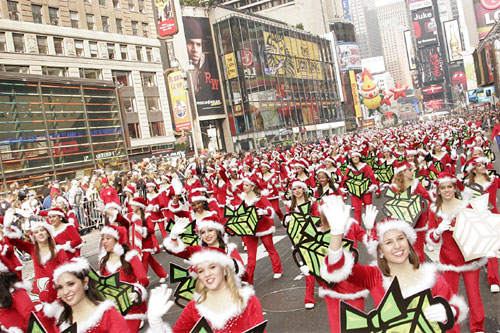

Large animal-shaped balloons produced by The Goodyear Tire & Rubber Company in Akron, Ohio replaced the live animals in 1927 when the Felix the Cat balloon made its debut. Felix was filled with air, but by the next year, helium was used to fill the expanding cast of balloons. Felix has now been replaced by our favorite pizza-eating cat, Garfield.
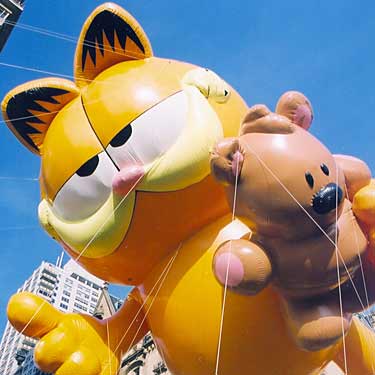
Through the 1930s, the Parade continued to grow, with crowds of over 1 million lining the parade route in 1933. Today, the crowd can reach up to 5 million.
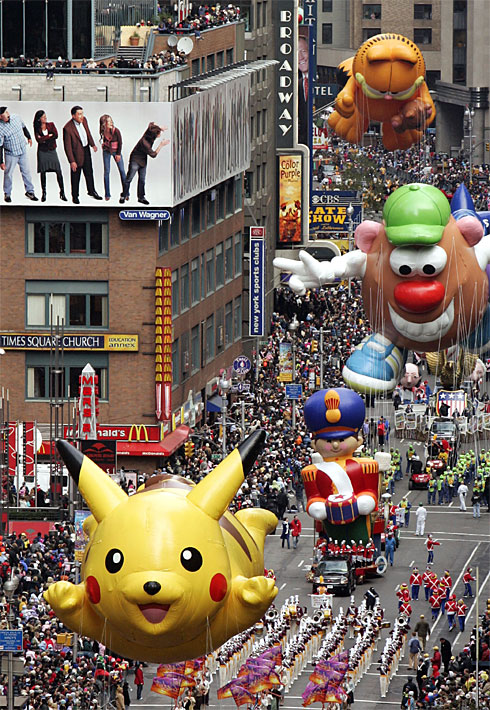
The parade was suspended for the duration of World War II, owing to the need for rubber and helium in the war effort. The parade resumed in 1945 using the route that it currently follows (see below). The parade became a permanent part of American culture after being prominently featured in the 1947 film, Miracle on 34th Street, which shows actual footage of the 1946 festivities. The event was first telecast nationally in 1952. On the NBC telecast from in front of the flagship Macy's store on Broadway and 34th Sreet,the marching bands perform live music but most of the other live acts such as songs from Broadway musicals use pre-recorded music with the performers lip-syncing their singing.
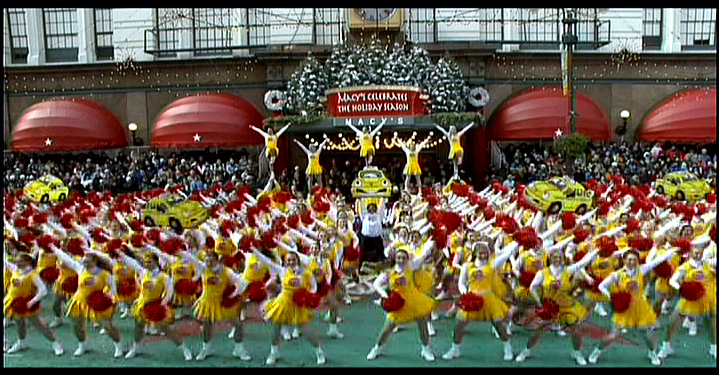
The Parade begins at 77th Street & Central Park West at 9am. The Parade will march south on Central Park West. At Columbus Circle, the Parade will then turn EAST onto Central Park South instead of heading down Broadway. When the Parade reaches 7th Avenue, it turns south at the corner of Central Park South and march to 42nd Street. NOTE: There are no tickets available to the general public for seating.
The Parade will then travel east along 42nd Street from 7th to 6th Avenues. At 6th (Avenue of the Americas), it veers south to 34th Street. At 34th Street it heads west to Macy's Herald Square and ends at 34th Street and Seventh Avenue at around noon.
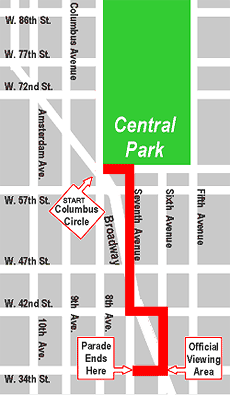
FEEDBACK MAP
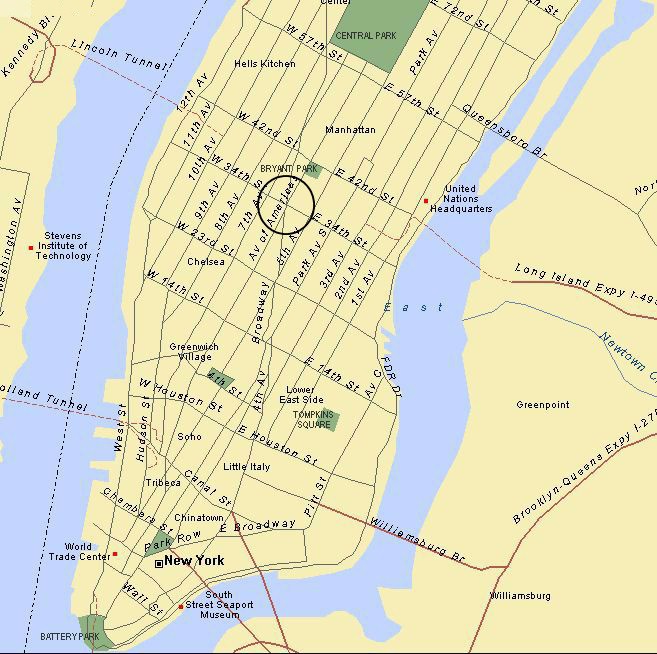
If you gained information in your session which was not covered in the feedback, please take a look at these sites:
Wikipedia
New York City Tourist